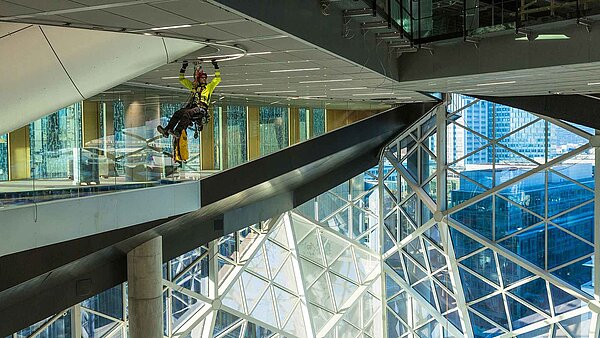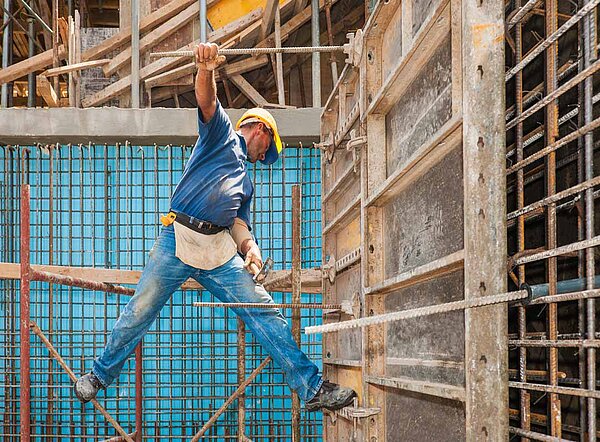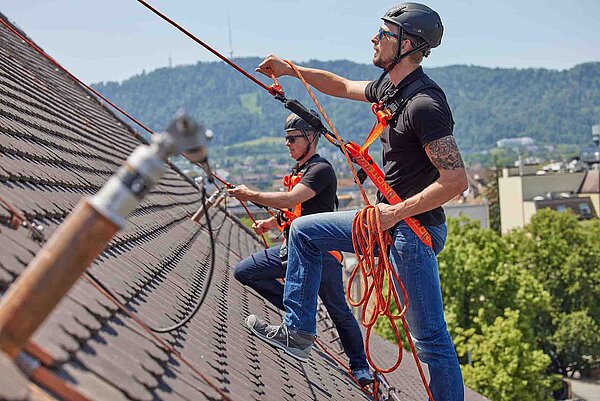Talked about
Featured
30.11.2023 | Planning & statics
Fall protection systems and the competition for space
3
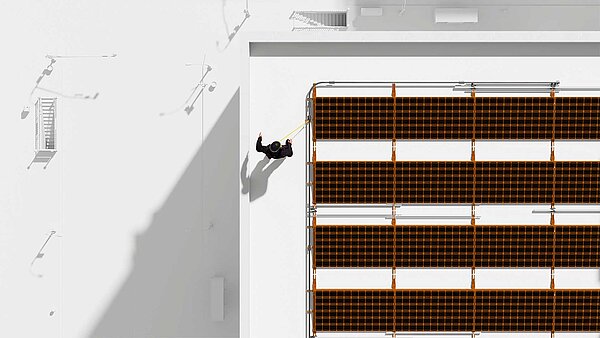
Most Viewed
16.05.2024 | Technical Terms
-167
Anchorage equipment
04.04.2024 | Planning & statics
-300
Renewable energy and fall protection systems
04.04.2024 | Planning & statics
-320
Substructure for photovoltaics
~ 10 min
Kirchham
04.04.2024 | Planning & statics
for Planning & statics
Renewable energy and fall protection systems
2 Ratings
INNOTip
Bestseller
~ 12 min
Kirchham
07.03.2024 | Planning & statics
for Planning & statics
Fall protection for photovoltaic facades
2 Ratings
INNOTip
Bestseller
~ 7 min
Kirchham
~ 5 min
Kirchham
~ 9 min
Kirchham
~ 7 min
Kirchham
30.11.2023 | Planning & statics
for Planning & statics
Fall protection systems and the competition for space
2 Ratings
INNOTip
~ 6 min
Kirchham
23.11.2023 | Technical Terms
for Technical Terms
Fall factor in fall protection systems
5 Ratings
INNOTip
~ 6 min
Kirchham
30.10.2023 | Standards, approvals and certificates
for Standards, approvals and certificates
CEN/TS 16415 Multi-person testing
1 Ratings
INNOTip
~ 6 min
Kirchham
~ 6 min
Kirchham
05.09.2023 | Standards, approvals and certificates
for Standards, approvals and certificates
EN 795: Fall protection to the European standard
2 Ratings
Bestseller
~ 6 min
Kirchham
10.08.2023 | Standards, approvals and certificates
DIBt approval for fall protection systems
2 Ratings
~ 5 min
Kirchham
03.08.2023 | Legal foundations
BauV – The Construction Workers Protection Regulation in Austria
1 Ratings
~ 5 min
Kirchham
20.07.2023 | Legal foundations
for Legal foundations
Protecting fall protection systems against lightning
5 Ratings
INNOTip
~ 4 min
Kirchham
~ 3 min
Kirchham
27.06.2023 | Legal foundations
for Legal foundations
Legal principles of fall protection
11 Ratings
INNOTip
~ 6 min
Kirchham
13.06.2023 | Technical Terms
Industrial protection and industrial safety – the difference
12 Ratings
~ 4 min
Kirchham
~ 2 min
Kirchham
27.03.2023 | Technical Terms
for Technical Terms
Individual protection in fall protection systems
6 Ratings
INNOTip
~ 2 min
Kirchham
~ 4 min
Kirchham
~ 4 min
Kirchham
22.03.2023 | Technical Terms
for Technical Terms
Restraint system and fall arrest system - what is the difference?
12 Ratings
INNOTip
~ 9 min
Kirchham
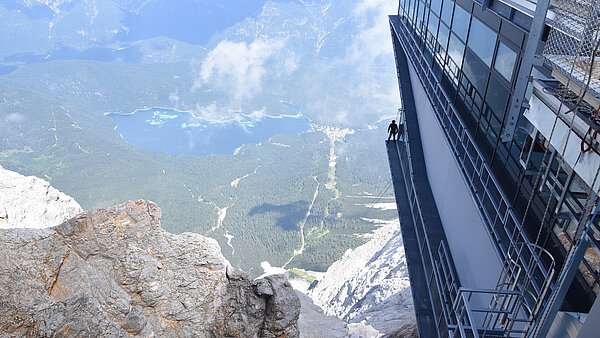
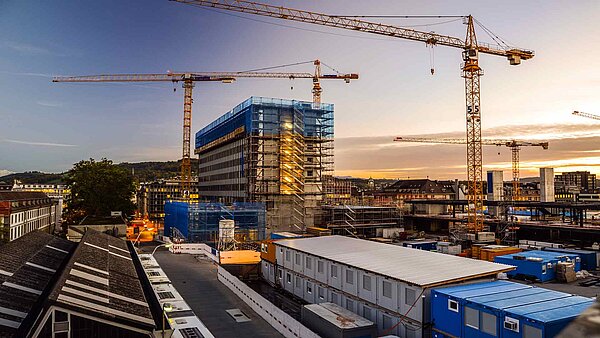
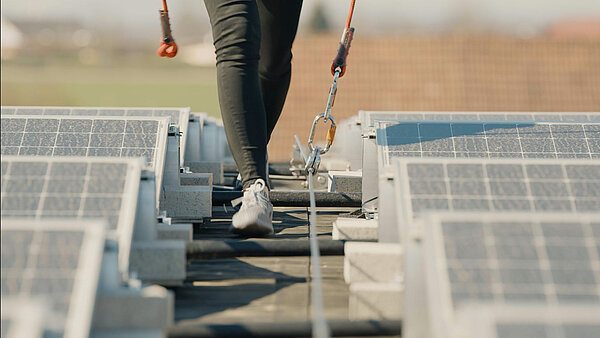
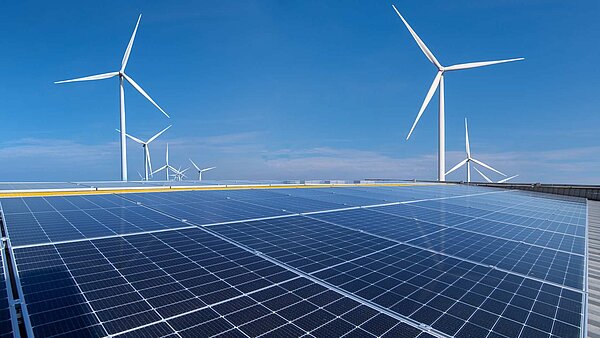
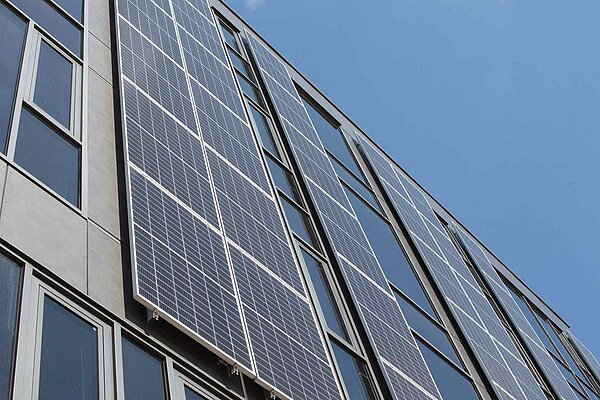
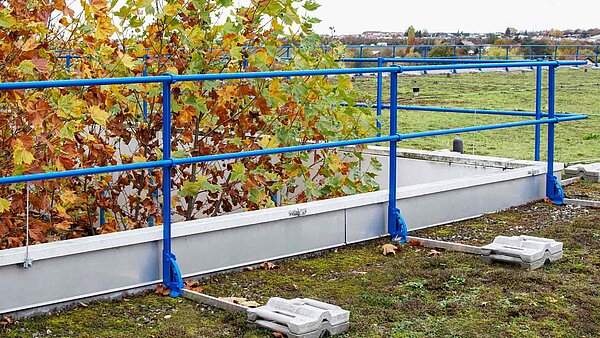

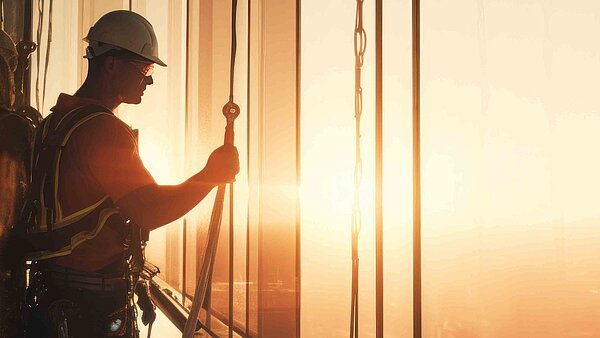
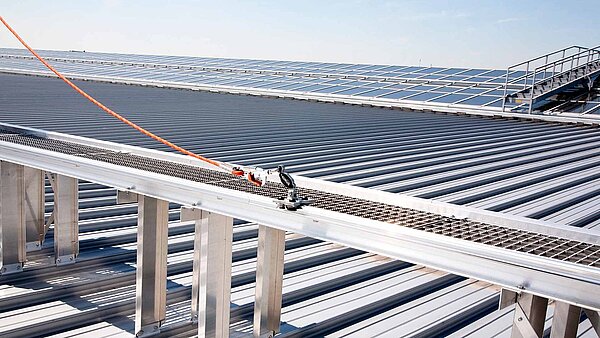

![[Translate to Englisch:] [Translate to Englisch:]](https://www.innotech-safety.com/fileadmin/_processed_/9/a/csm_dachdurchdringung-gelaender-lichtkuppel_15c9320c33.jpg)
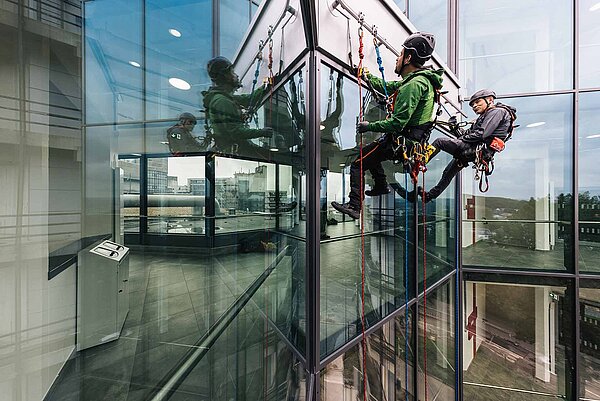
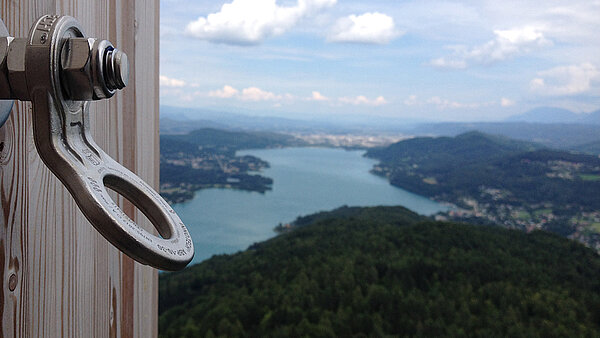
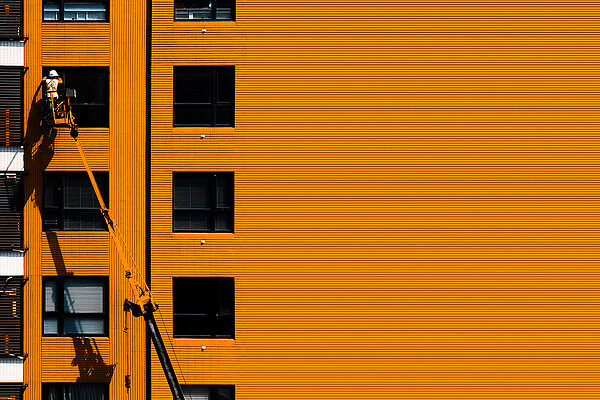
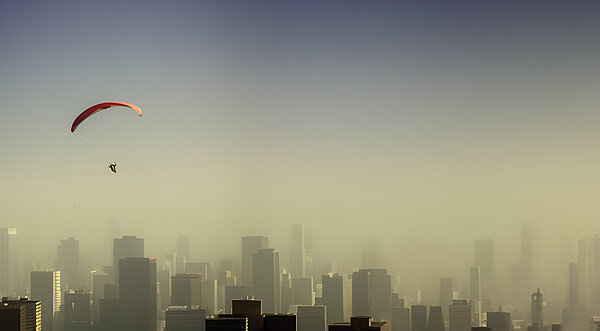

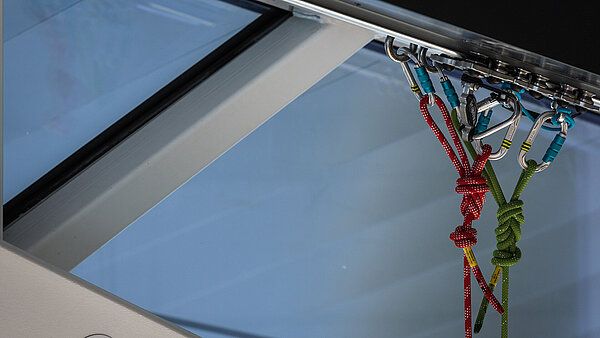
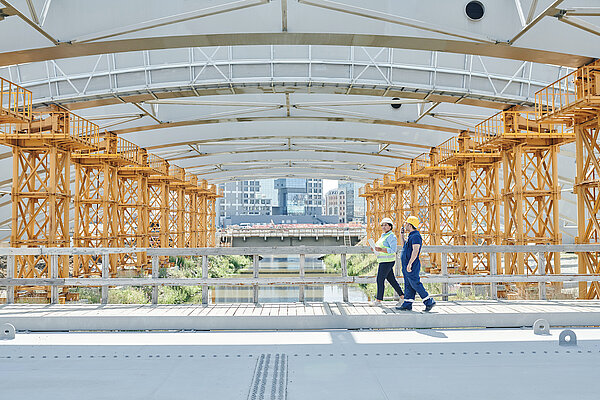
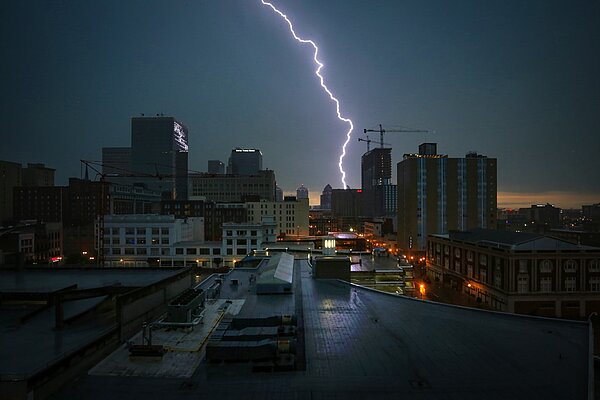


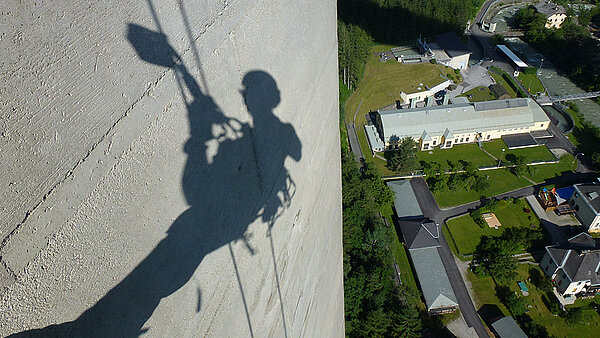
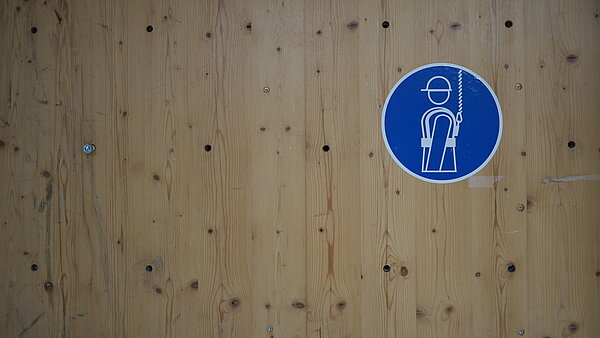
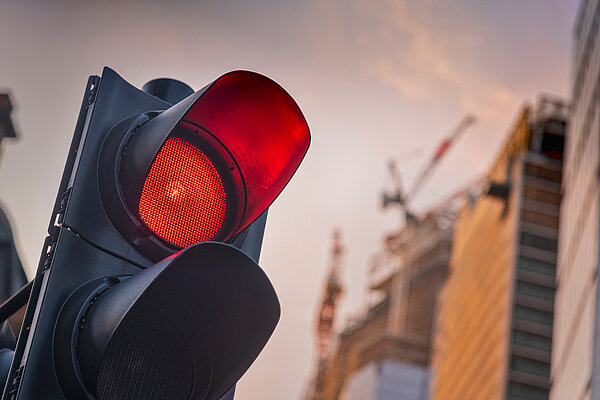
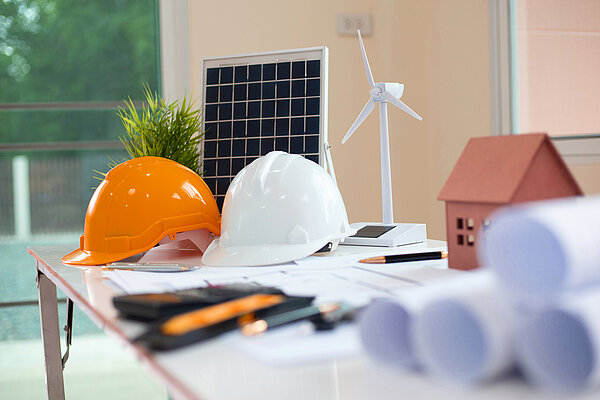
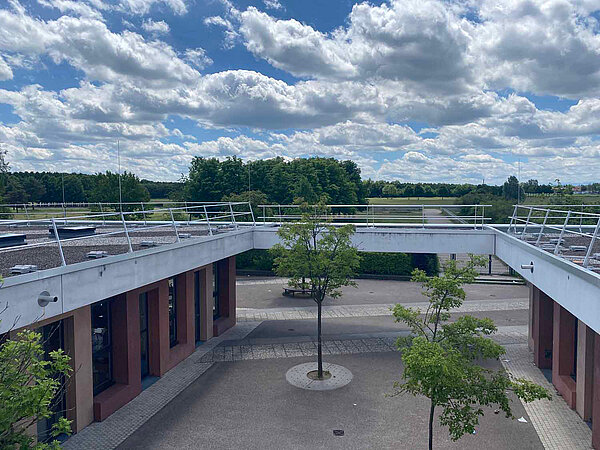


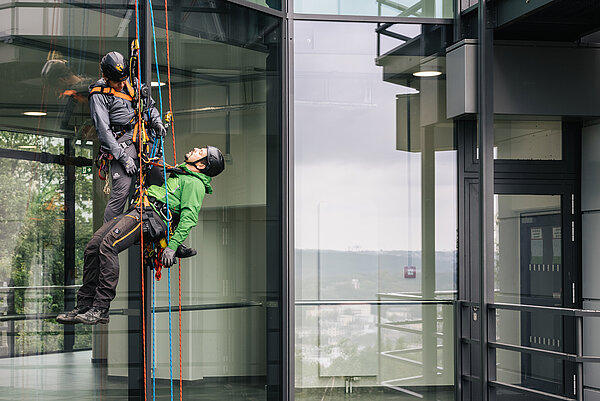
![[Translate to Englisch:] [Translate to Englisch:]](https://www.innotech-safety.com/fileadmin/_processed_/f/b/csm_Pendelsturz-Volkshaus-Zuerich_0cf0f03da0.jpg)
